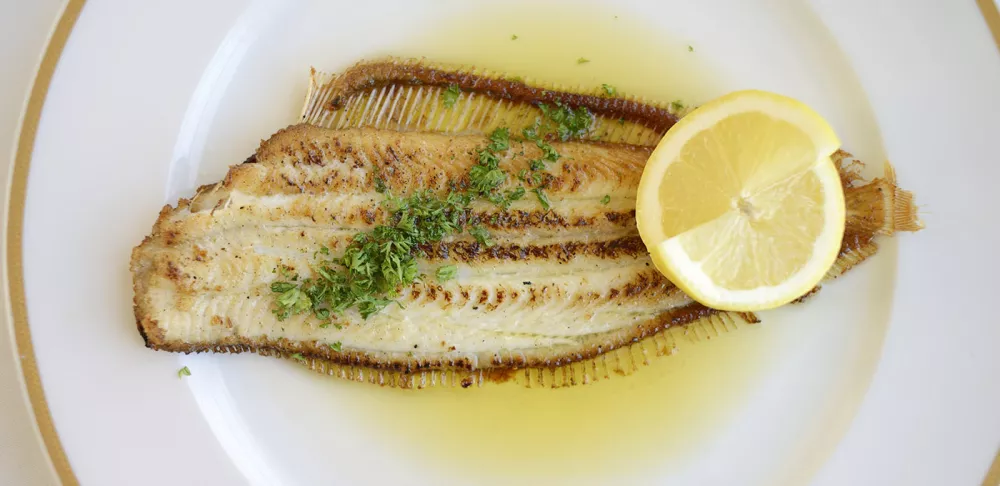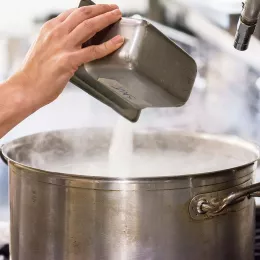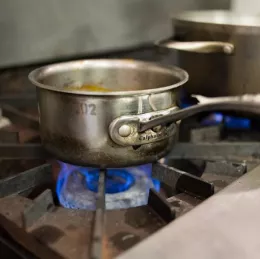Much has been written about the radical changes in the development of cuisine and gastronomy over the last 35 years, particularly on the discussion about the “virtues” of molecular gastronomy or modernist cuisine (or any other term employed by the food media). This trend in cooking has its roots in neo-Catalan cuisine, and Ferrand and Albert Adria initially developed the principles at Restaurant El Bulli in Spain.
The best way to describe this style of cooking is an effort to deconstruct classic and modern French cuisine, utilizing the principles of Spanish regional cuisine along with techniques and ingredients from the industrial food processing industry, which incidentally brings up the legitimacy and safety of these techniques. The point was to create preparations that were completely unrecognizable to the diner to evoke new emotional experiences in eating. I am not going to argue the virtues or the limitations of this trend in cooking. I agree with the citizens of one of the great food cities of the world, Rome, that have described these modern cooking trends as “all smoke and no roast.” This is a trend that all new cooks want to mimic when starting out with careers in the food industry. Many questions are begging for an answer regarding this and the primary one, paraphrasing Julia Child (when she was asked about these modern trends), is why would anybody want to deconstruct food to the point where it is so over-processed that it becomes completely unrecognizable?
I am revisiting one of the most iconic cookbooks of the 1970's: “Simple French Food” by Richard Olney, which is referenced in previous posts. The preface of this book should be required reading by any serious cook or gastronome, professional or amateur. The author states that simple cooking has many subtleties and complexities. This starts with mastering the understanding of methodology, ratios and formulas. I always tell my students that to become a good cook, one needs to master and completely understand all of the 12 to 15 basic cooking methods, the relationship between the ingredients in a preparation, why the ingredients have a particular sequence during the method of preparation, and their ratio to each other. For example: Why is a particular quantity of egg whites utilized in a specific ratio of lean ground protein and aromatics when clarifying a specific quantity of stock to prepare a consommé?
Another equally important consideration is the influence that terroir has on the outcome of a preparation. The influences of climate and seasonality, topography and geology, the microbiological eco-system of a particular environment, production, harvesting and processing techniques, husbandry and slaughtering techniques, and cultural and historical influences all determine the production of raw ingredients. An example of this would be how two dairy cows of the same breed raised in two different geographic locations can produce milk, and the products from that milk have completely different flavor profiles, fat contents, colors and textures. Without these and other considerations, blindly following a recipe will almost never yield the results one is looking for.
The term simple cooking is an oxymoron. Cooking requires a certain level of skill and knowledge and a deep level of intuition, the latter being unteachable and none of it easily acquired. Cooks often say that the most difficult dishes to prepare are the ones that appear to be the most simple and uncomplicated ⎯ a perfect roast chicken, sole meuniere, fried egg over easy or a French omelette, for example. A cook can't hide behind fancy sauces, garnishes or complicated food processing techniques with these recipes. An equally important idea or corollary to this would be that a good cook cannot hide behind poor or mediocre knife skills ⎯ a discussion for another point in time.
Study with Chef Ted in ICE's Culinary Arts program.




